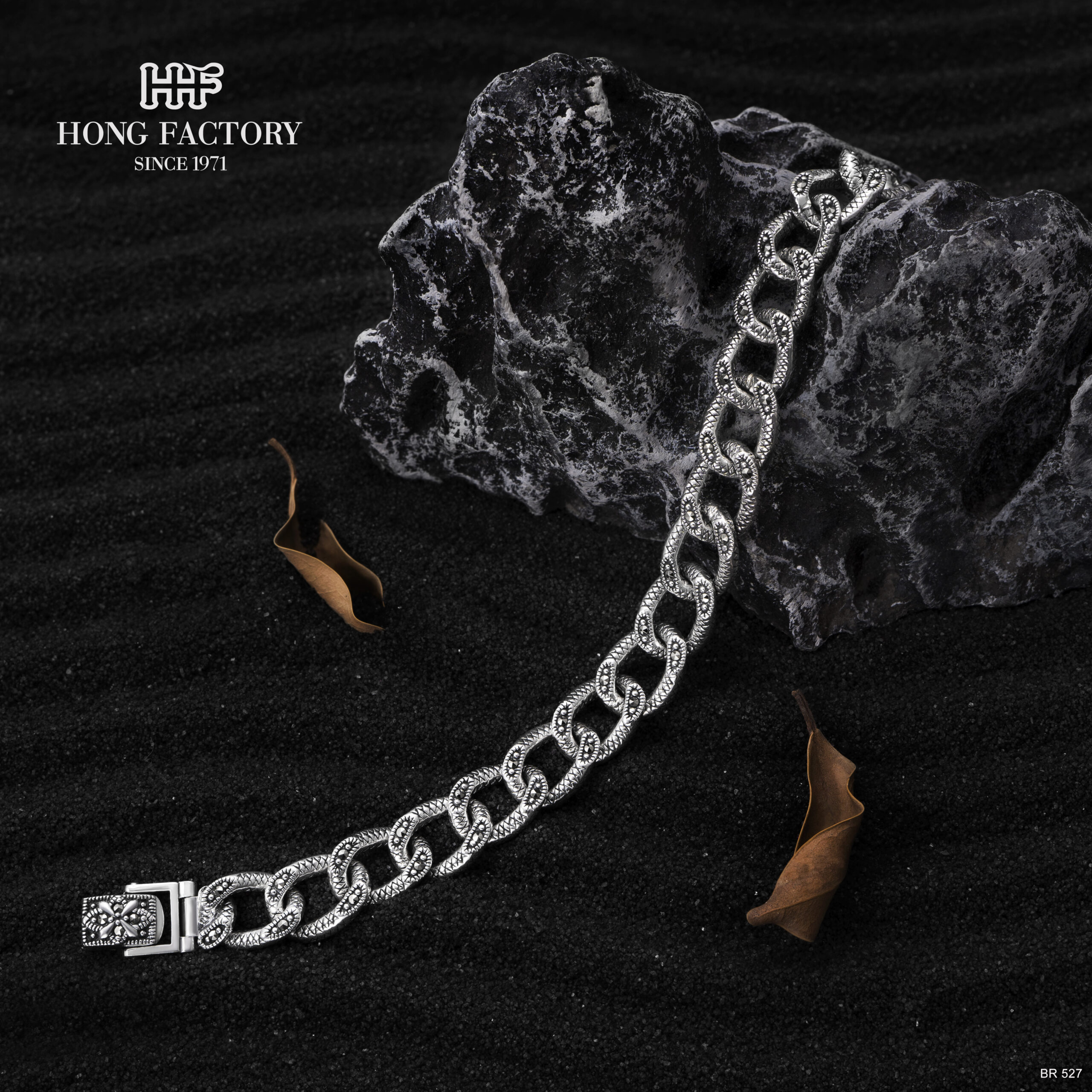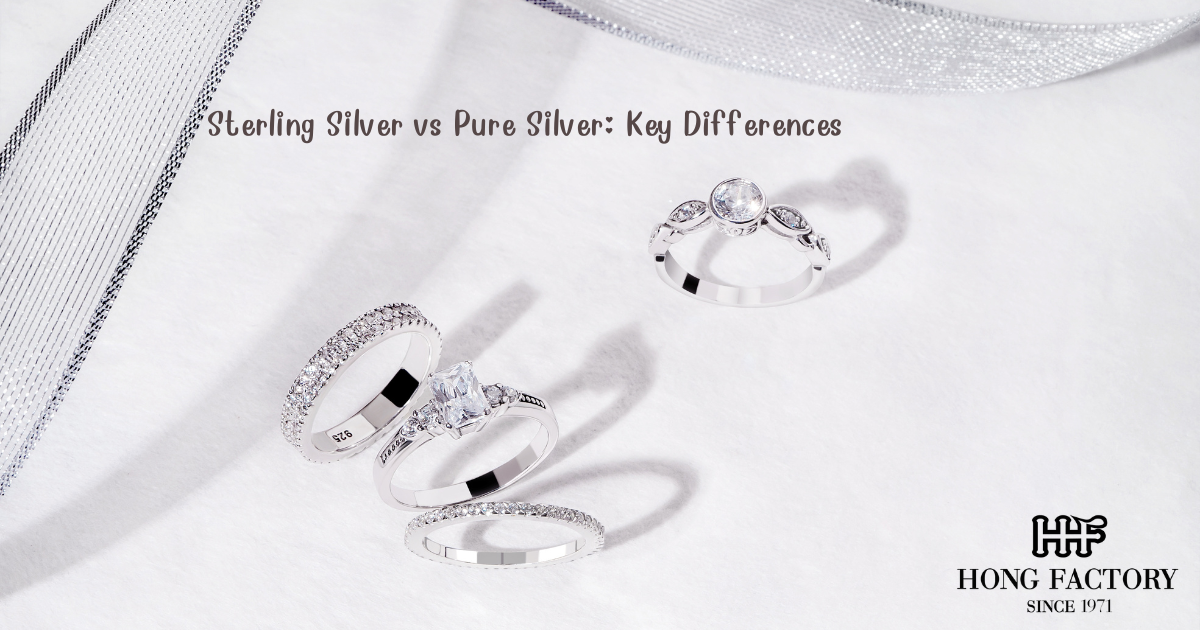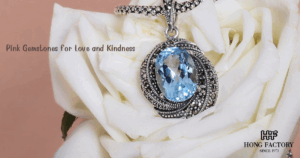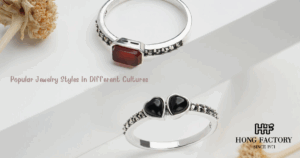Silver has been valued for centuries as a beautiful and versatile metal used in jewelry, homeware, and art. However, not all silver is the same. The two most common terms you’ll hear in the jewelry world are sterling silver and pure silver.
While they may sound similar, there are significant differences between them in terms of composition, durability, and usage. Understanding these key differences will help you make smarter choices when buying silver jewelry or accessories. 925

Sterling Silver
Sterling silver is an alloy made up of 92.5% pure silver and 7.5% other metals, usually copper. This combination improves the strength and durability of silver, which is naturally soft in its pure form. Because of its resilience, sterling silver is the most popular choice for jewelry, cutlery, and decorative items. Its advantages include:
- Durability: Strong enough to withstand daily wear.
- Affordability: Less expensive than pure silver yet still high-quality.
- Versatility: Used in rings, necklaces, bracelets, and household items.
- Appearance: Retains the bright, shiny luster of silver when properly cared for.
Pure Silver
Pure silver, often referred to as fine silver, consists of 99.9% actual silver. It is softer and more malleable than sterling silver, making it less practical for jewelry that needs to withstand daily use. Instead, pure silver is often used in coins, bullion, and specialized items. Characteristics include:
- High purity: Nearly 100% silver content.
- Softness: Easier to bend, scratch, or damage.
- Limited use: Not commonly used in jewelry due to lack of durability.
- Collectible appeal: Preferred for investment purposes and collectors.
Key Differences Between Sterling Silver and Pure Silver
When comparing sterling silver and pure silver, several key differences stand out:
- Composition: Sterling silver contains alloys; pure silver is almost entirely silver.
- Durability: Sterling silver is stronger and better for jewelry.
- Price: Pure silver is more expensive due to higher silver content.
- Usage: Sterling silver is practical for fashion and everyday items, while pure silver is mainly for collectors and limited applications.

Why Jewelers Prefer Sterling Silver
Most jewelers prefer sterling silver for its balance of beauty and practicality. Jewelry pieces such as rings, bracelets, and earrings benefit from the durability of sterling silver, ensuring they hold their shape and resist scratches. Sterling silver also maintains its brilliant appearance with proper care, making it a long-lasting option for everyday wear.
Caring for Sterling Silver
To keep sterling silver jewelry looking its best:
- Store in airtight containers to reduce tarnish.
- Use a silver polishing cloth for regular cleaning.
- Avoid contact with harsh chemicals like perfumes or cleaning products.
- Remove jewelry before swimming or showering.
Choosing Between Sterling Silver and Pure Silver
When deciding between sterling silver and pure silver, consider your needs. If you want durable, stylish jewelry for everyday wear, sterling silver is the better option. If you are more interested in silver for investment or collecting, pure silver may be more appealing. Both types have their unique benefits depending on your purpose.
Sterling silver and pure silver may share a name, but they differ significantly in composition, strength, and uses. Sterling silver is the ideal choice for jewelry lovers who want elegance, durability, and affordability, while pure silver appeals to collectors and investors. By understanding the differences, you can confidently choose the right type of silver for your lifestyle, whether for fashion, practicality, or collection.


